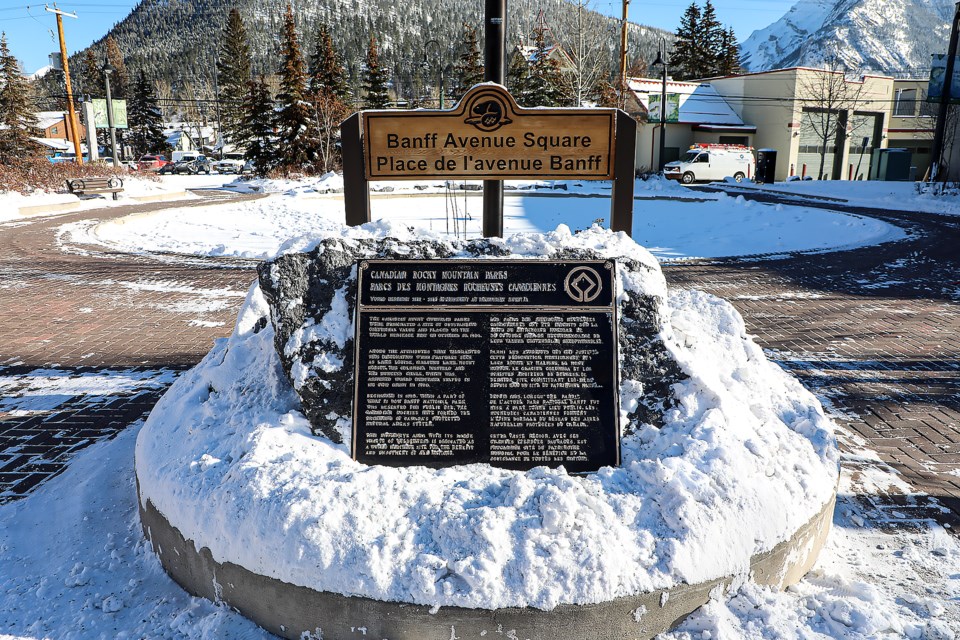BANFF – Several plaques commemorating nationally significant people, places and events in Canadian history have been stolen in Alberta over the past year.
According to the Parks Heritage Conservation Society (PHCS), a not-for-profit volunteer driven organization that inspects and refurbishes these Historic Sites and Monuments Board of Canada (HSMBC) plaques, at least six have gone missing.
“People are actually prying them off,” said Bob Weaver, vice president and director of PHCS’ plaque program.
“We’re just assuming people are taking them and selling them for scrap for their perceived metal value.”
The thefts are deeply disappointing for the Parks Heritage Conservation Society, which consists of a dedicated group of volunteers, mainly former or retired Parks Canada staff, who take time each summer to make sure the plaques remain in good shape for generations to come.
Since 1919, HSMBC has been commemorating the places, events, and people of national historic significance to the country. Starting in 1920 with Fort Anne National Historic Site in Nova Scotia, there are now more than 900 commemorations across Canada and on foreign soil.
The plaque program is administered by and is the responsibility of Parks Canada.
For the last 27 summers, on behalf of the federal agency, crews of volunteers go to urban and remote corners of Alberta and eastern British Columbia to report on the conditions of the plaques and restore them – with a fresh coat of paint and some cleaning.
Inspection and summary reports are sent to each Parks Canada field unit for information and follow up.
“The plaques can present a challenge to maintain against the impacts of time, weather and isolation,” said Terry McGuire, the current president of PHCS.
Over the past year, with encouragement from senior Parks Canada management, this program has expanded to include work in Ontario, Quebec and Manitoba, and also includes inspection and maintenance of World Heritage and Canadian Heritage River plaques.
Weaver said the work involves the inspection of all plaques in a region, the restoration of plaques in fair or poor condition and the development of a four- to five-year inspection and restoration plan.
“What we found, because we’ve been doing it for so long, that if you can get to the site every four to five years, the work that’s required is usually quite minimal,” he said.
In Banff National Park, some of the sites where plaques are located include Banff Avenue Square, Banff Park Museum, Banff Springs Hotel, Cave and Basin, Howse Pass, Skoki Lodge, and Sulphur Mountain Cosmic Ray Station.
Neighbouring Yoho National Park is also home to several sites, including Kicking Horse Pass and Twin Falls teahouse.
Canadian Heritage River plaque locations include the Kicking Horse River in Yoho National Park and the North Saskatchewan River in Banff National Park.
“We look after those as well,” said Weaver, who retired from Parks Canada in 2002.
The restoration work is funded through a contract with Parks Canada to cover expenses, but all work completed by PHCS members is done on a volunteer basis.
“We only do the work where Parks Canada doesn’t have the resources to do this work,” said Weaver. "We fill in the gaps.”




